
Weird Ideas That Work
Reprinted by permission of Free Press, a division of Simon & Schuster, Inc., N.Y.
ISBN: 9780743212120
Pages: 224
Recommendation
This is a wonderful but dangerous book. The 11 and 1/2 weird ideas it contains are terrific, exciting and slippery. Use them right and you could transform your company into a hotbed of innovation. Use them wrong and you could also transform your company into a disorganized mess. Author Robert I. Sutton clearly explains that some situations do not require innovation - that they are, in fact, terrible settings for new things. Companies focus on the routine for an extremely logical reason: it makes money now. Identifying situations that can make money with routine work versus circumstances that require change is a tough distinction, particularly since innovation requires many failures, disrupts your culture and forces you to take a rough look into the future. getAbstract.com thus recommends this book to a select group: those who know their fields and organizations extremely well. If you can see clearly through both the current jargon that promotes innovation and your organization’s often unspoken prejudices, you will find this book exciting and extremely productive.
Summary
About the Author
Robert I. Sutton is professor of management science and engineering at the Stanford Engineering School and co-director of the Center for Work, Technology and Organization. He has published more than 70 academic articles or book chapters, and is an IDEO Fellow and an Honorary PeopleSoft Fellow.



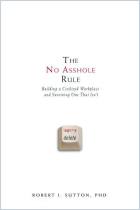
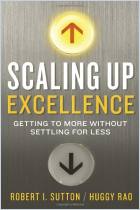


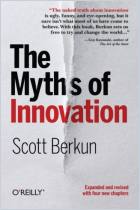

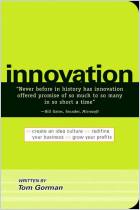
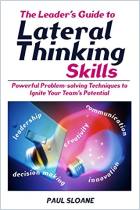
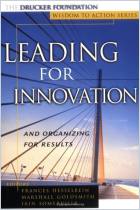




Comment on this summary